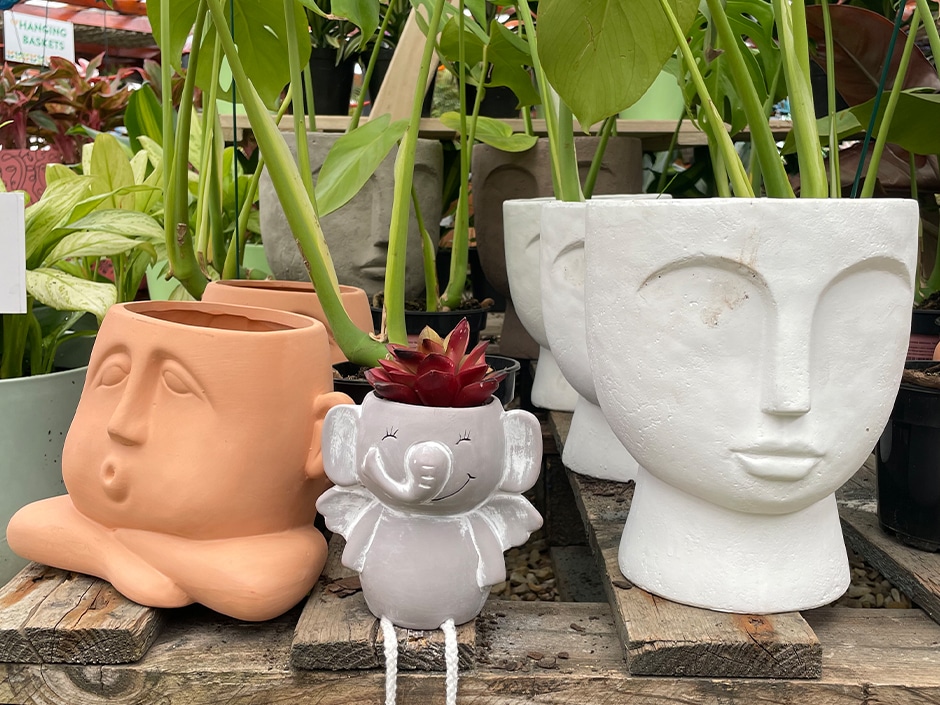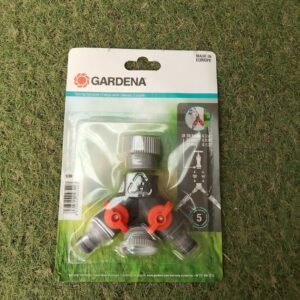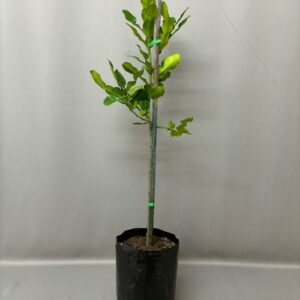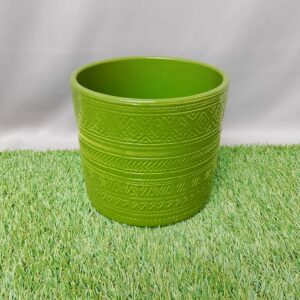Container gardening 101: 4 tips to get you started
DIY and how-to

Whether you live in a small apartment or have an expansive garden, container gardening is an ideal way to add colour, focal points and height to almost any space.
Keep the following tips in mind when planning your container garden design.
Size doesn’t matter
A small container on a sunny windowsill or an outside table is enough space to grow a selection of fragrant and attractive herbs or ornamentals. Rosemary, thyme, basil, mint and chilli all thrive in small containers, and you’ll reap endless rewards from a single plant.
Before selecting your container, you’ll need to decide whether you’ll be moving it or if it will stay in a fixed position. Large concrete containers are difficult to move once filled with soil. Plastic containers may be lighter, but they can become brittle after some time. Terracotta containers are great for cacti, succulents and other plants that prefer drier soil.
Location, location, location
The beauty of container gardening is that you’re not limited to garden beds and can choose a position that best suits your chosen plant’s light requirements. Typically, herbs and vegetables need full sun (this amounts to roughly eight hours of sun per day), although some edibles such as lettuce prefer semi-shade in hotter months.
Keep an eye on the light that your container is receiving. As the seasons – and light – change, you can move smaller containers with edible plants around to ensure that they’re meeting their light requirements. Many ornamental and indoor plants don’t take kindly to being moved around too often. If you do need to relook at your container’s position, try to do it as infrequently as possible.
A happy medium
A nutrient-rich medium is vital to the success of your container plants. The healthier the growing medium, the healthier the plants. Use the following ratios to get your plants off to a happy start:
- 60% potting soil
- 15% drainage chips
- 15% river sand
- 10% mulch, decorative pebbles or bark
Cover the bottom of the container with a layer of drainage chips for drainage, followed by the river sand. Top up the container with potting soil and decorative pebbles, remembering to leave space for your plants!
The soil in containers tends to dry out quickly – prevent this by double mulching with both leaves and stones.
The regular watering required by container plants means that nutrients quickly leach out of the soil. Fertilise regularly to keep your plants strong and healthy. Firm favourites are Seagro, bonemeal and Nistrosol.
The addition of a water-retention product, such as Coco peat, SaturAid® or STOCKOSORB®, assists in retaining moisture and essential nutrients in the soil. Are you ready to start planting? Follow these tips for planting in a container.
Friends with benefits
An often overlooked aspect of container gardening is companion planting. Companion-planting vegetables and herbs is especially beneficial. Basil, tomato and strawberry make great garden companions, while nasturtium helps to keep your vegetable garden healthy by warding off common garden pests.
Not all plants are happy to grow in the company of other plants, though. For example, tomatoes don’t grow well with broccoli and other brassicas but thrive in the company of basil. To get the most out of your container, ensure that you do the necessary research before choosing which plants to have in the same container.
For more tips on container gardening, read these blogs:
You might also like
Shop online
-
THAI LIME TREE 10KG
- R419.99
- Add to cart Learn More
-
- Sale!
POT COVER CERAMIC EVA OLIVE GREEN GLOSS TRIBAL 16.5 CM
- Original price was: R399.99.R279.99Current price is: R279.99.
- Add to cart Learn More




